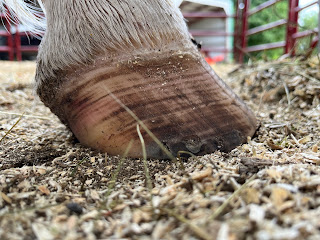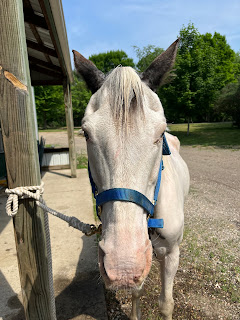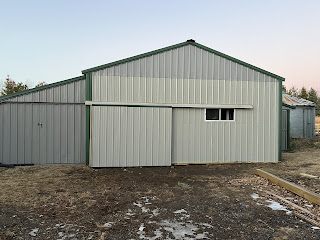We were newlyweds when we met you. Our vet told us about you when we said we needed a barn cat for our new home. He said you and your siblings were dumped over their fence. They tamed you down and gave you your shots. The vet’s little daughter played with you and your siblings daily. You had bright orange fur, striking white markings, and big, fearful eyes when we picked you up. You were only ten weeks old. You were very shy, but surprisingly cooperative as I held you in my lap for the drive home. You were too little to put in the barn, so we brought you into the house. You never actually made into the barn. You were so shy that you hid under the couch. We moved the couch and pulled you out to cuddle you because we were worried. You decided laps were nice. Our older kitty became your pouncing target (she was a saint).
A month later, another foundling female kitten joined us and you were best of friends for several years until she decided the barn was preferable to the house. But you stayed inside with us.
When our son was born, you became his companion. You tolerated his inquisitive hands and tight, baby grip on your tail (we freed you when this happened). You never bit or clawed him, or us. You stayed just out of reach when he was awake and snuggled by him when he napped. He was so enchanted by you that you were his motivation to crawl. He cruised around holding onto furniture in pursuit of you. His determination to walk was inspired by wanting to follow you. You stayed close by him all day long and then snuggled by our feet every night. You tolerated the comings and goings of other cats, dogs, baby chicks, and pet rats. But you hid when we had guests. I don’t think they believed we had another cat. After they left, we would seek out your big eyes reflecting in the dark under the furniture and tell you they were gone. You would emerge soon afterwards to reclaim your domain. You often perched yourself on my shoulders or draped yourself over my neck. I’d walk around like that while I put things away and then carry you to your apparently empty food bowl to refill it.
As you aged, crawling up on my shoulders made you too sore, so you claimed any available lap. In your teens, you finally allowed yourself to be seen by quieter visitors. During COVID, you seemed to have more laps available to choose from, which pleased you. Your favorite spot was your bed in the sun as your arthritis began to bother you.
A year and a half ago, we moved cross country with you, and you did well. You slept on our hotel bed each night until we arrived in the new house. You slept on our sleeping bags with us until the furniture arrived. We set up your bed in a sunny spot that first morning. It’s still your favorite spot. This past year, we’ve been managing your kidney failure as best we can without stressing you out. You’re 17 years old now and getting around is hard. You hobble around slowly these days, my dear friend. You yowl more often as if lost, so we call to you or come find you. After losing quite a bit of weight, you’re gaining it back now. But this weight is water weight as your poor kidneys have lost almost all functioning.
We love you, Audrey. We love you too much to watch you suffer as the fluid makes your breathing more difficult. We love you too much to keep you when you struggle. We want you to feel safe and loved to the end. The vet will come here on Tuesday, because we know you hate to go there. I will hold you. It’ll be okay to go then. You’ve done well, little kitty. Roll and purr in the sun where there is no pain. Someday, we’ll see you again.




















































